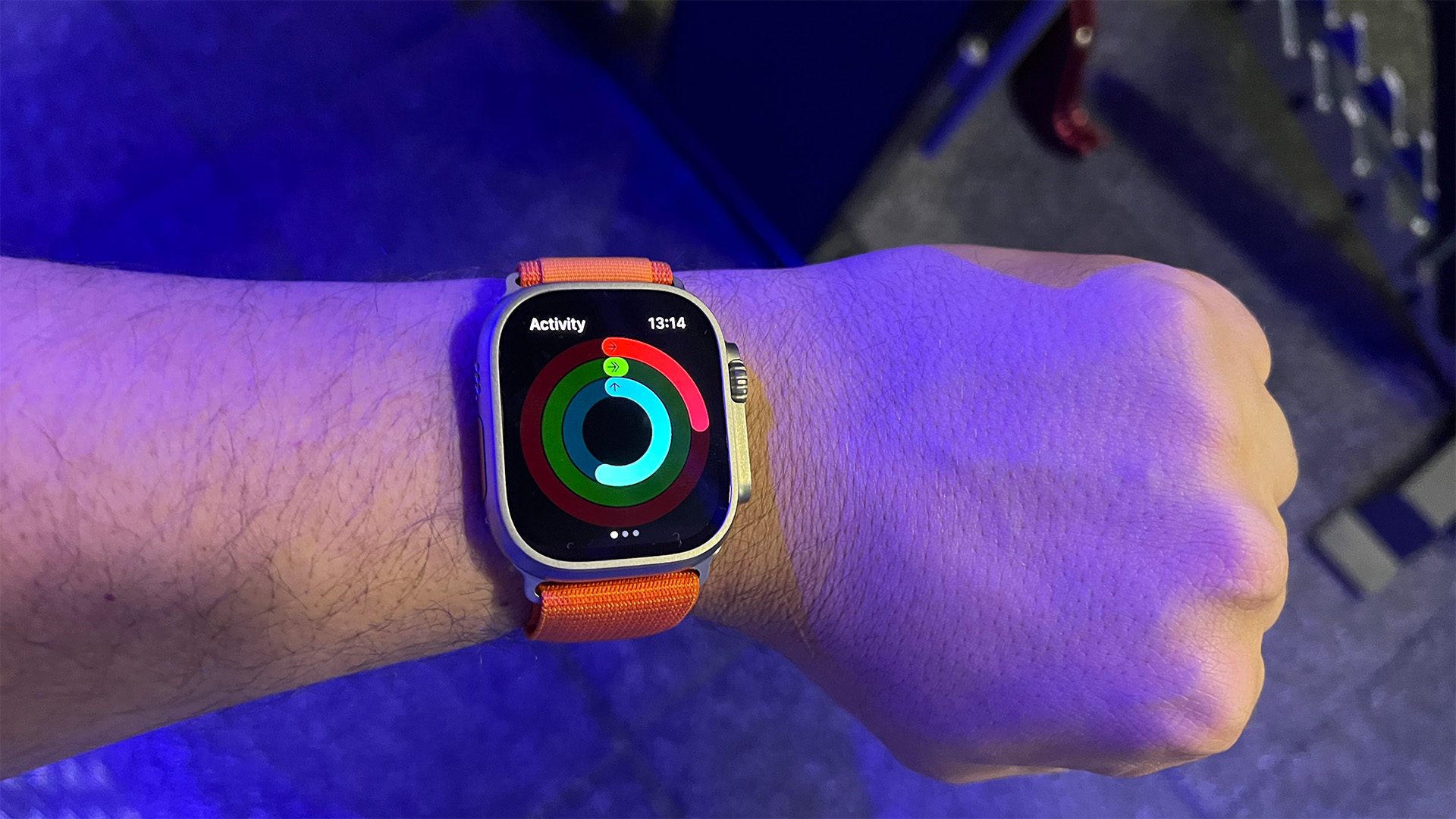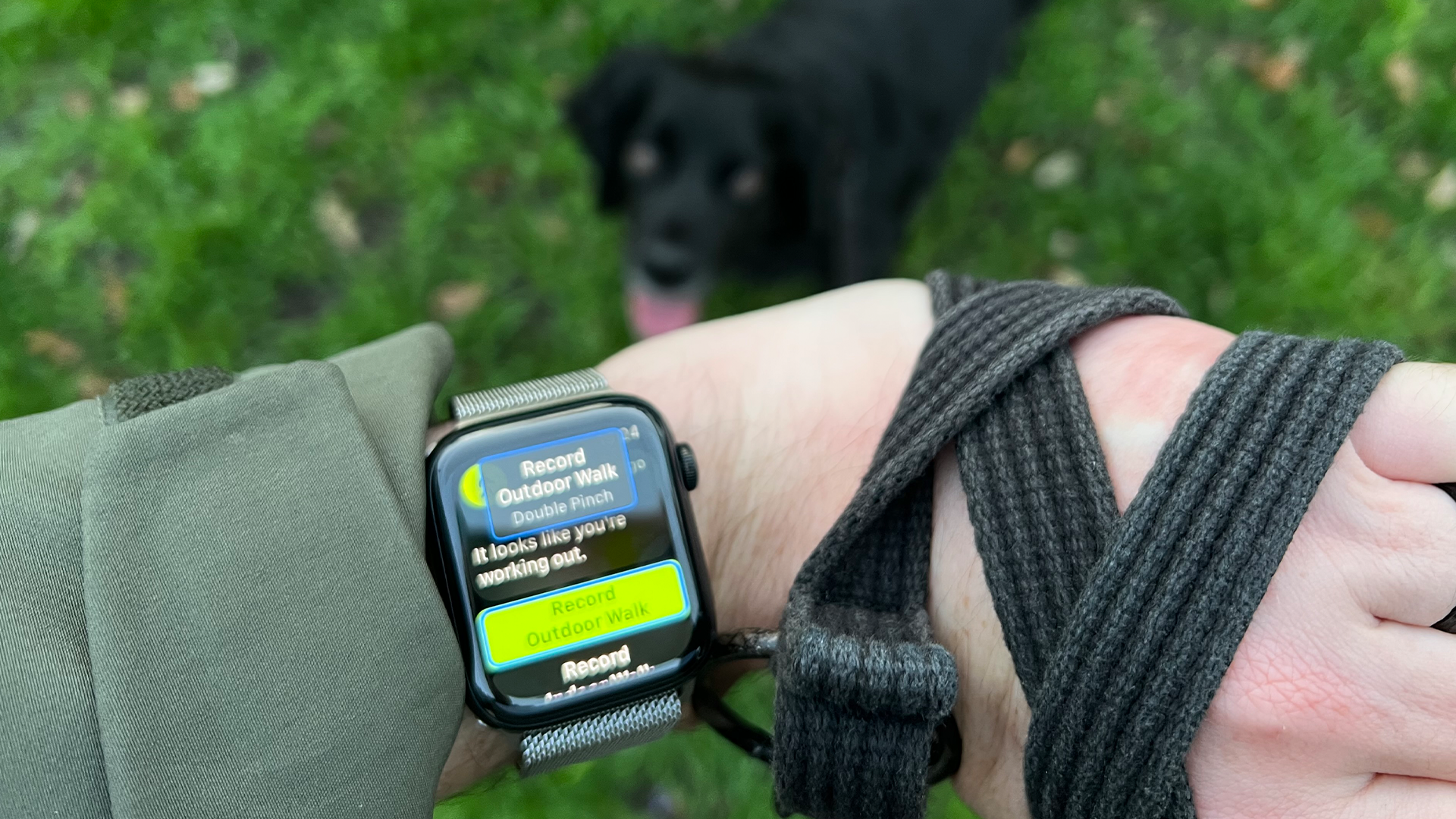After 8 years, the Apple Watch still doesn't understand one crucial part of fitness
Apple’s smartwatch could be much smarter when it comes to recovery.

The Apple Watch has come a long way in its eight years. While much of the exterior has remained the same, in theory if not in exact form, watchOS has grown from a curiosity to a competent platform for apps of all kinds.
There are some idiosyncrasies, of course (does anyone use the dock regularly? And why can’t we get third-party watch faces?), but it’s now a mature platform. And yet, for all of its focus on fitness and getting users moving, it fundamentally misunderstands a key part of exercise - recovery.
Close your rings
Laying my metaphorical cards on the table, I’ve owned multiple Apple Watch devices over the years, starting with the Series 0 and running right up to the Apple Watch Ultra. In that time, the Apple Watch has done more to get me moving than any personal trainer would have.
The satisfying feeling of “closing your rings” on the Apple Watch has captivated budding athletes and aspirational couch potatoes the world over. It’s a simple system - you exercise for 30 minutes, you burn a set number of calories, and you stand for a short period of each hour for twelve hours of the day.
It all contributed to the aforementioned rings, and the Apple Watch subreddit is full of incredible streaks that last months and years.
The trouble is, there are days when you simply cannot close your rings, and the Apple Watch doesn’t do a great job of letting you off the hook.
"I'll do it tomorrow"

Naturally, there are days when you just want to stay indoors. Whether it’s an illness, an injury, a hangover, or any other reason (and sometimes you don’t need one), it’s OK to stay indoors.
iMore offers spot-on advice and guidance from our team of experts, with decades of Apple device experience to lean on. Learn more with iMore!
That won’t convince your Apple Watch, though, and it’ll nudge you to step it up, even on days when you don’t want to, or can’t.
For the most part, that’s fine – there have been days where the telltale vibration on my wrist has got me to push myself out the front door for a walk, but some days it’s simply not good for you.
The power of recovery
If you’re working out regularly, you’ll likely know that exercise, such as lifting weights, shreds your muscle with micro-tears in the muscle fibers, leading to growth through recovery.
Working out every day doesn’t give these tears a chance to heal, increasing the chances of injury. That muscle reparation can also help muscles return stronger, too, so strength training is just as much about your days off as your days at the gym.
The same can be said of cardio exercises, with exercise eating into your muscles’ glycogen levels. Without that, they’ll ache even when you’re sitting still, meaning if you’re working out a lot, you’ll need a rest day of some description.
Naturally, that rest day can be a relaxing stroll, but that may not be enough to hit your defined calorie goal on the Apple Watch.
A lack of rest day can also bring on mental fatigue, with a feeling of exhaustion that can affect concentration and even your memory.
Apple is lagging behind

The biggest surprise, however, is that this isn’t new information - and other fitness trackers and apps do a much better job of handling rest days.
Fitbod, for example, which is a popular fitness app for all sorts of workouts, can track muscle fatigue depending on exercises. As an example, bicep curls will wear out your biceps, and the app will (unless overridden) not work those muscles until they’re recovered.
Perhaps the north star Apple should look to, however, is Fitbit. The company’s premium-only Daily Readiness Score feature offers an easily-digestible score that factors in a variety of data points.
Late night with disturbed sleep? That’ll knock your score by a few points. Big workout and a stressful workday? Maybe you can skip that gym session and have an early night.
Oura Rings and other hardware understand the sanctity of rest, but Apple seems insistent on pushing for workouts every day. For the most part, that’s fine, but keep in mind that it’s OK to take things a little slower.
On days when you’re tired or stressed, being nudged to “do more” can send you in the opposite direction to what Apple had intended - just be prepared to say no.

Lloyd Coombes is a freelance writer with a specialism in Apple tech. From his first, hand-me-down iMac, he’s been working with Apple products for over a decade, and while he loves his iPhone and Mac, the iPad will always have his heart for reasons he still can’t quite fathom.
Since moving from blogging to writing professionally, Lloyd’s work can be found at TechRadar, Macworld, TechAdvisor and plenty more.
He’s also the Editor in Chief at GGRecon.com, and on the rare occasion he’s not writing you’ll find him spending time with his son, or working hard at the gym (while wearing an Apple Watch, naturally). You can find him on Twitter @lloydcoombes.
